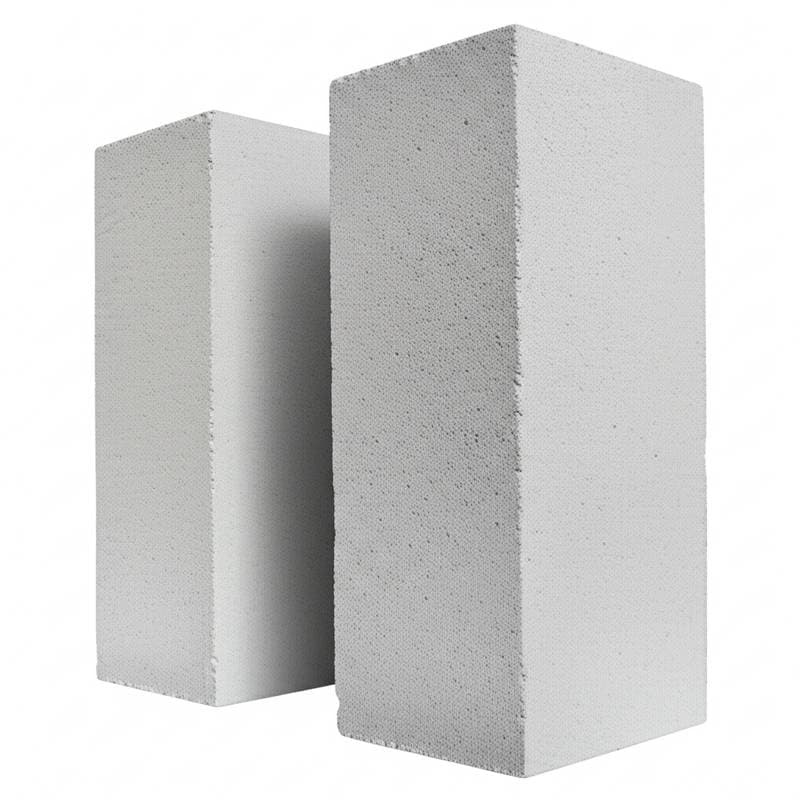Zero-Cement Bricks: Ushering in a New Era of Sustainable Masonry
Sustainable construction hinges on materials that minimize environmental harm while upholding structural integrity. Traditional cement-based bricks form the foundation of masonry, but their manufacturing process emits substantial carbon dioxide. Zero-cement bricks, crafted with geopolymer binders, mark a pivotal advancement in the construction sector. This guide delineates the mechanics of these bricks, their pricing, effective application techniques, and essential considerations for project integration.
Key Takeaways
- Cost Range: Zero-cement bricks generally cost 5 to 20 percent more than conventional clay or concrete bricks. Materials constitute approximately 60 percent of the total expense, labor accounts for 30 percent, and curing or testing comprises 10 percent.
- Strength and Dimensions: These bricks typically measure 8 by 4 by 2.5 inches and achieve compressive strengths ranging from 3,000 to 5,000 pounds per square inch.
- Setting and Curing Timeline: Initial setting completes in 4 to 8 hours, followed by full curing over 7 to 14 days, influenced by ambient temperature and humidity levels.
- Environmental Advantages: Manufacturing these bricks decreases carbon emissions by 40 to 80 percent relative to cement-based alternatives.
- Adoption Factors: Assess the local supply of fly ash, slag, or similar industrial by-products, alongside prevailing climate conditions and necessary structural specifications.
Planning a Zero-Cement Masonry Project
Prior to initiating construction, verify that regional building codes authorize geopolymer-based masonry. Certain areas mandate independent testing or certification for novel materials. Secure documentation that verifies adherence to compressive strength and fire resistance criteria.
Material Procurement and Expense Analysis
- Fly Ash or Slag: Obtain a reliable supply from proximate power plants or steel mills to ensure consistent material quality.
- Alkaline Activators: Opt for pre-mixed activator solutions to streamline the blending process.
- Aggregates: Select clean, properly graded sand to optimize density and ease of handling.
- Curing Conditions: Arrange a sheltered space to regulate humidity and temperature throughout the setting phase.
Although individual brick prices exceed those of standard options marginally, overall wall assembly expenses may align with traditional methods when factoring in accelerated curing and diminished upkeep needs. The enhanced longevity justifies upfront investments, particularly for initiatives pursuing green building accreditations.
Step-by-Step Guide to Producing and Installing Zero-Cement Bricks
1. Casting the Bricks
Introduce the prepared mixture into greased molds. Compact the material using a mechanical vibrator or manual tamper to eliminate voids. Smooth the top surface and promptly cover with plastic sheeting to retain moisture.
2. Initial Setting
Allow the bricks to remain covered for 6 to 8 hours. Refrain from any handling during this interval, as premature disturbance may induce microcracks that compromise strength.
3. Curing Phase
Relocate the bricks to a designated curing zone with care. Sustain relative humidity at 60 to 80 percent and temperatures exceeding 70 degrees Fahrenheit. The curing duration spans 7 to 14 days, reducible to roughly half through accelerated heat methods. Eschew submersion in water, as geopolymer processes rely on precise moisture control rather than full saturation.
4. Brick Laying
Employ thin-joint mortar or polymer-modified adhesive in lieu of standard cement mortar. Distribute in 1/8-inch layers to limit thermal conductivity. Regularly verify alignment and verticality, given the precise dimensions of geopolymer bricks.
5. Finishing and Quality Check
Permit walls to stabilize for 48 hours post-construction before affixing plaster or other finishes. Examine for fissures broader than 1/32 inch and address them promptly with geopolymer repair compound.
Upkeep and Enduring Performance
Once installed, zero-cement bricks demand little maintenance. Their compact microstructure wards off moisture ingress and corrosive elements.
Routine Inspection Protocol:
- Identify hairline cracks surpassing 1/16 inch in width.
- Examine mortar joints for deterioration biennially or triennially.
- Clean exteriors using mild detergent and a soft brush.
- Reapply protective sealants for surfaces subjected to intense precipitation or contaminants.
Opting for DIY or Expert Installation
Seasoned do-it-yourself enthusiasts may fabricate modest quantities of zero-cement bricks for landscape walls or non-load-bearing features, potentially reducing labor costs by up to 40 percent. Structural or expansive endeavors, however, necessitate professional supervision. Masons versed in geopolymer techniques guarantee accurate proportions, optimal curing environments, and precise placement.
Advancing Sustainable Construction Practices
Zero-cement bricks signify a transformative approach to masonry sustainability. By repurposing industrial waste into robust, efficient building components, they substantially curtail carbon footprints and elevate material resilience. Acquiring knowledge of their composition, manipulation, and maturation processes empowers builders to construct durable, environmentally conscious edifices.
